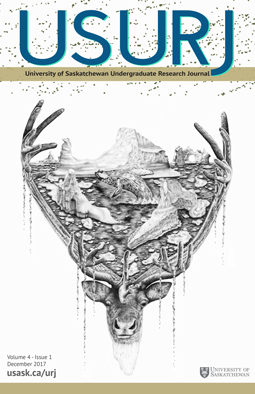Investigating the molecular basis of rubella virus-induced teratogenesis: a literature review
Main Article Content
Abstract
Rubella virus (RV) is the etiologic agent of rubella, a disease more commonly known as German measles. The 1940 rubella epidemic in Australia allowed for the identification of RV as a teratogenic agent: infection early in pregnancy causes a variety of birth defects collectively referred to as congenital rubella syndrome (CRS). Although rigorous immunization policies have dramatically reduced the incidence of CRS, it is still estimated that around 100,000 infants are born with CRS every year. Furthermore, in light of the recent Zika virus epidemic which is now known to be a causative agent of microcephaly and other birth defects, a deeper understanding of RV may help elucidate the paradigm of viral teratogenesis and aid in the development of therapeutic agents to prevent the development of birth defects in fetuses after maternal infection. This review aims to give a summary of the current knowledge regarding the molecular biology of the virus followed by an overview of potential mechanisms of RV-induced teratogenesis as well as suggestions for possible future directions for research.
Downloads
Article Details
Section
Articles: USURJ’s current Publication Agreements apply a Creative Commons Attribution-NonCommercial License (CC-BY-NC) by default. The CC BY-NC license lets others remix, tweak, and build upon work non-commercially. The author(s) can choose a different CC license, as outlined in https://creativecommons.org/about/cclicenses/. Please see the PDF for each article to determine what license is applied to that article. Author(s) can also request to reserve all copyright (All Rights Reserved). If there is no indication for articles published before September 2020, assume the author retains all rights beyond those necessary for publication by USURJ. All articles published after September 2020 will apply one of the aforementioned CC licenses. See the Publication Agreement under the Submission Preparation Checklist or Author Guidelines for more information. Artwork: All copyright for the original artwork remains with the artist unless they wish to apply a Creative Commons (CC) license to the artwork. Please see the PDF for each artwork to determine what license is applied to that artwork.
